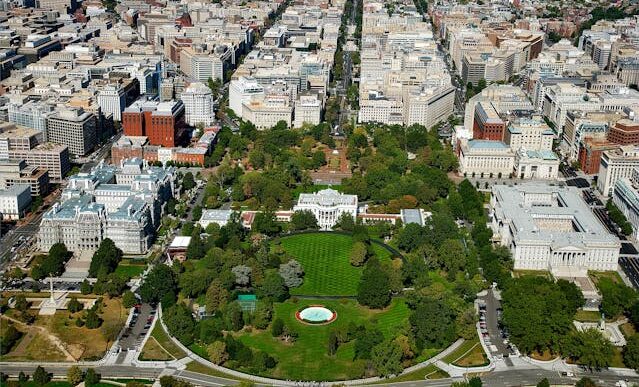Vienna Soccer Field Reveals Secrets of Ancient Rome
Archaeologists in Vienna, Austria have uncovered a remarkable piece of history. Beneath the unsuspecting surface of a popular soccer field, an ancient Roman mass grave dating from the first century A.D. has been discovered. This significant find, which has been publicly shared by the archaeological team, provides unique insights into the historical landscape of Vienna and its Roman past.
The discovery was an unexpected one, as the archaeologists were initially conducting a routine survey of the area. The soccer field, which is located in the heart of Vienna, had previously given no indication of the historical treasures buried beneath its surface. The initial findings suggest that a large number of individuals were interred in the mass grave, indicating a significant event during the Roman period.
Ancient Grave Reveals Traces of Roman Presence
Vienna, known as Vindobona in ancient times, was a significant outpost of the Roman Empire. The mass grave is believed to be a vestige of that era, providing historians with a rare glimpse into the city’s ancient past. The discovery of the grave beneath a well-trafficked soccer field underscores the extent to which modern urban landscapes can conceal significant historical artifacts.
The grave provides archaeologists with a wealth of information about the Roman Empire and its effects on Vienna. The nature and number of the remains, as well as the artifacts found in the grave, can offer clues about the living conditions, societal structures, and events that took place during the time of occupation. The grave also presents an opportunity to learn more about the Roman military presence in Vienna, as the city was a strategic location for the Empire.
Unveiling the Past: The Archaeological Findings
The archaeological team conducted meticulous excavations to ensure the preservation of the remains and artifacts. The team found a variety of artifacts alongside the skeletal remains, including pottery shards, jewelry, and Roman coins. These artifacts suggest that the grave’s occupants were of diverse social standings, which could provide valuable insights into the societal structure of Roman Vienna.
One of the most striking aspects of the mass grave is the sheer number of remains. The grave contains a significant number of individuals, suggesting that a large-scale event, perhaps a battle or a plague, led to the creation of the mass grave. The discovery of a mass grave of this scale in the heart of Vienna is a rare occurrence, making this archaeological find even more significant.
Implications for Future Research
The discovery of this Roman mass grave provides fresh avenues for research into Vienna’s ancient history. The relics and remains found within the grave will no doubt be subject to extensive study, with the potential to shed new light on the city’s Roman past. The find also highlights the need for further archaeological exploration within the city, as the mass grave was discovered in a location previously thought to be devoid of significant historical artifacts.
For now, the soccer field where the grave was discovered will be transformed into an archaeological site. The researchers hope that further excavations will reveal more about the individuals who were buried there and the circumstances surrounding their deaths. This extraordinary find beneath a soccer field in Vienna serves as a stark reminder of the historical layers that lie beneath our feet, waiting to be discovered.















